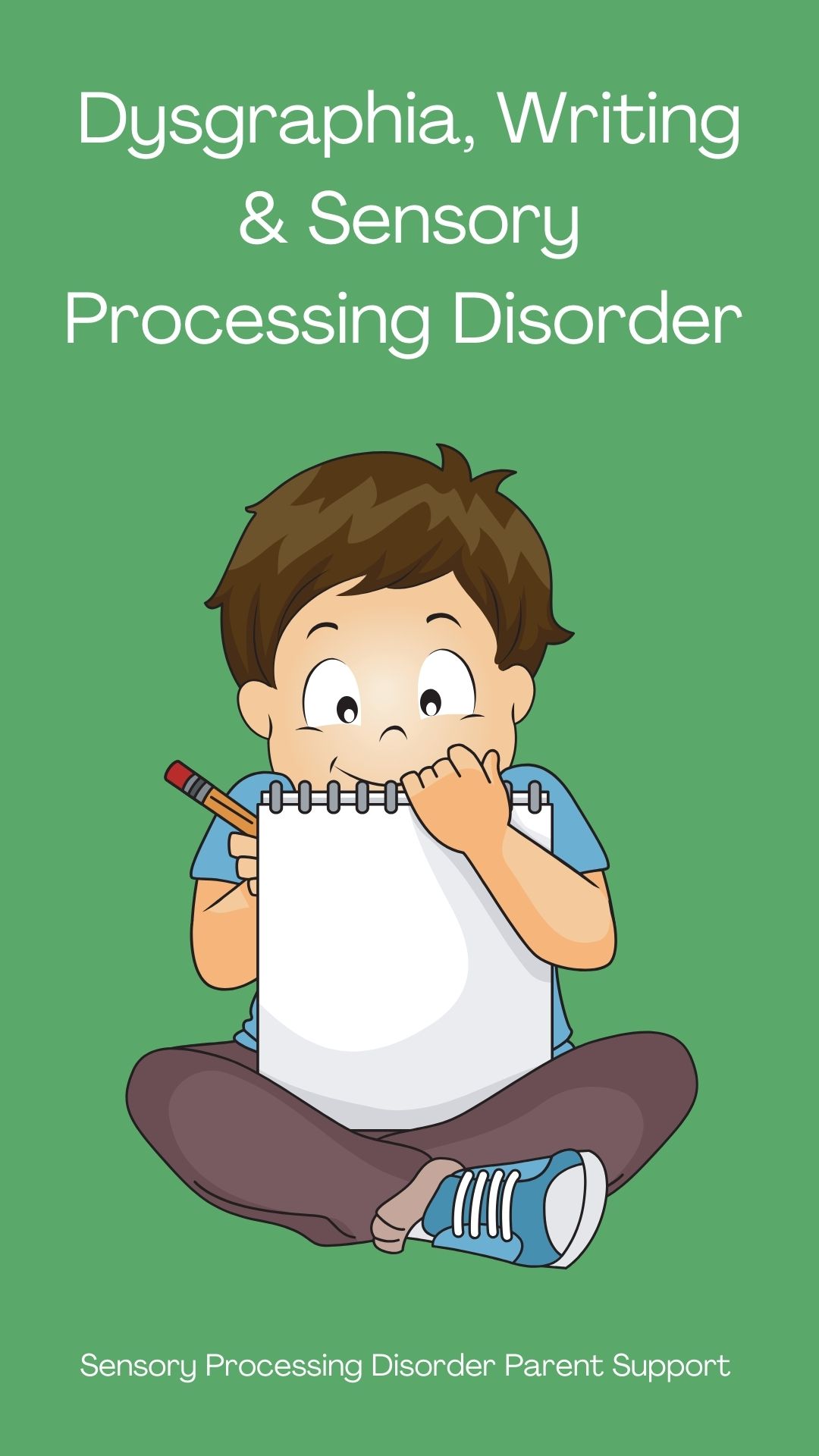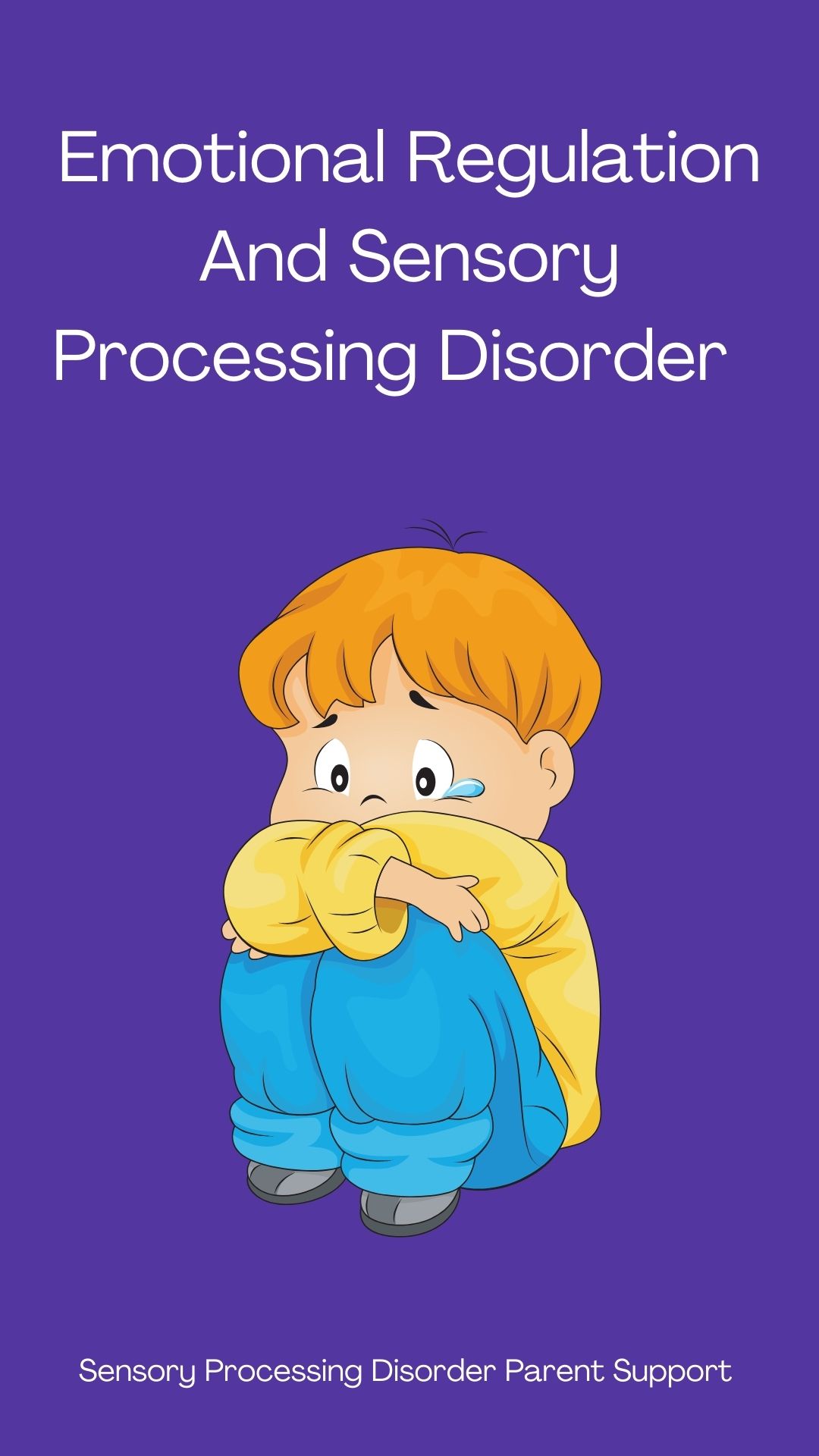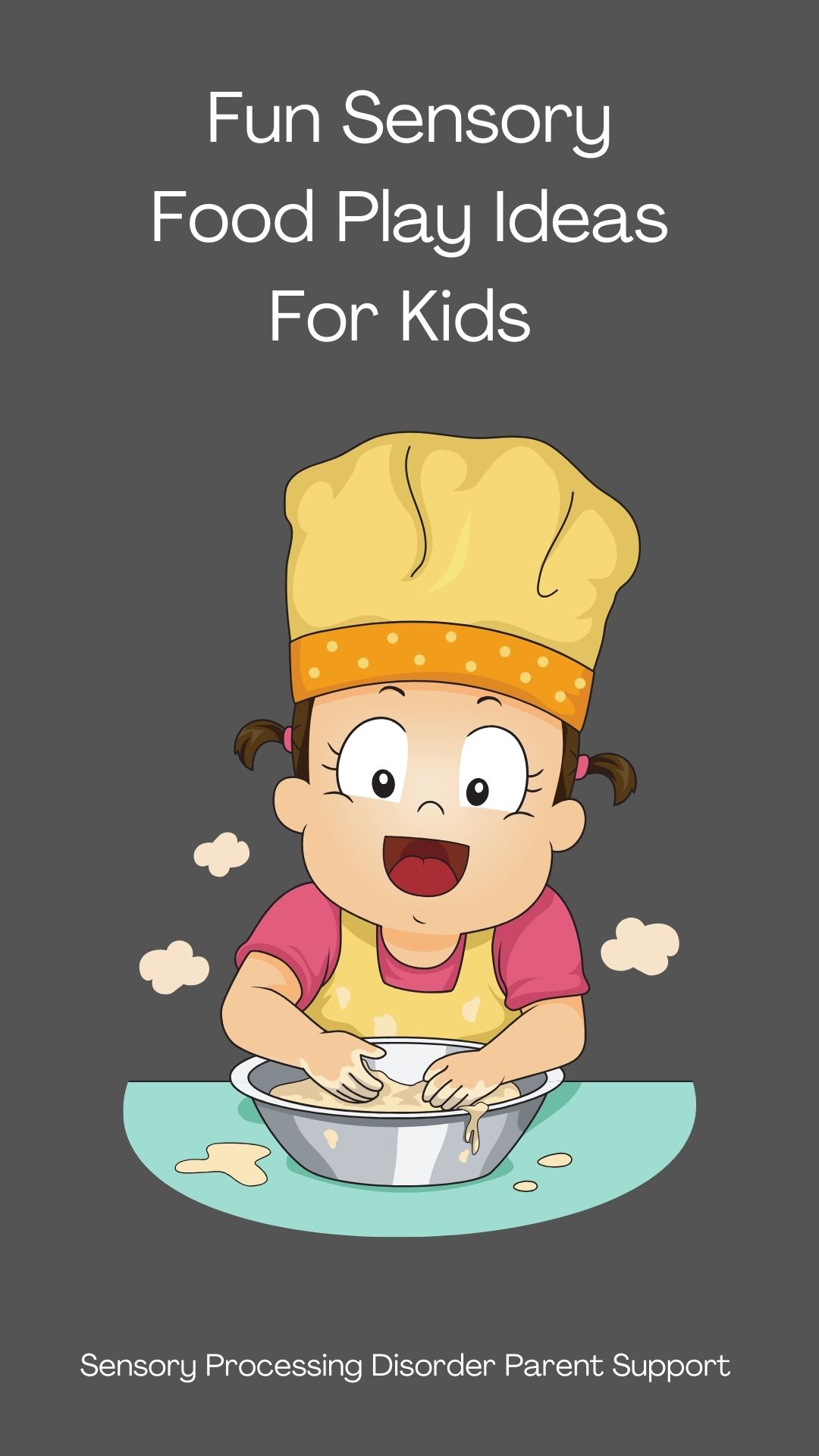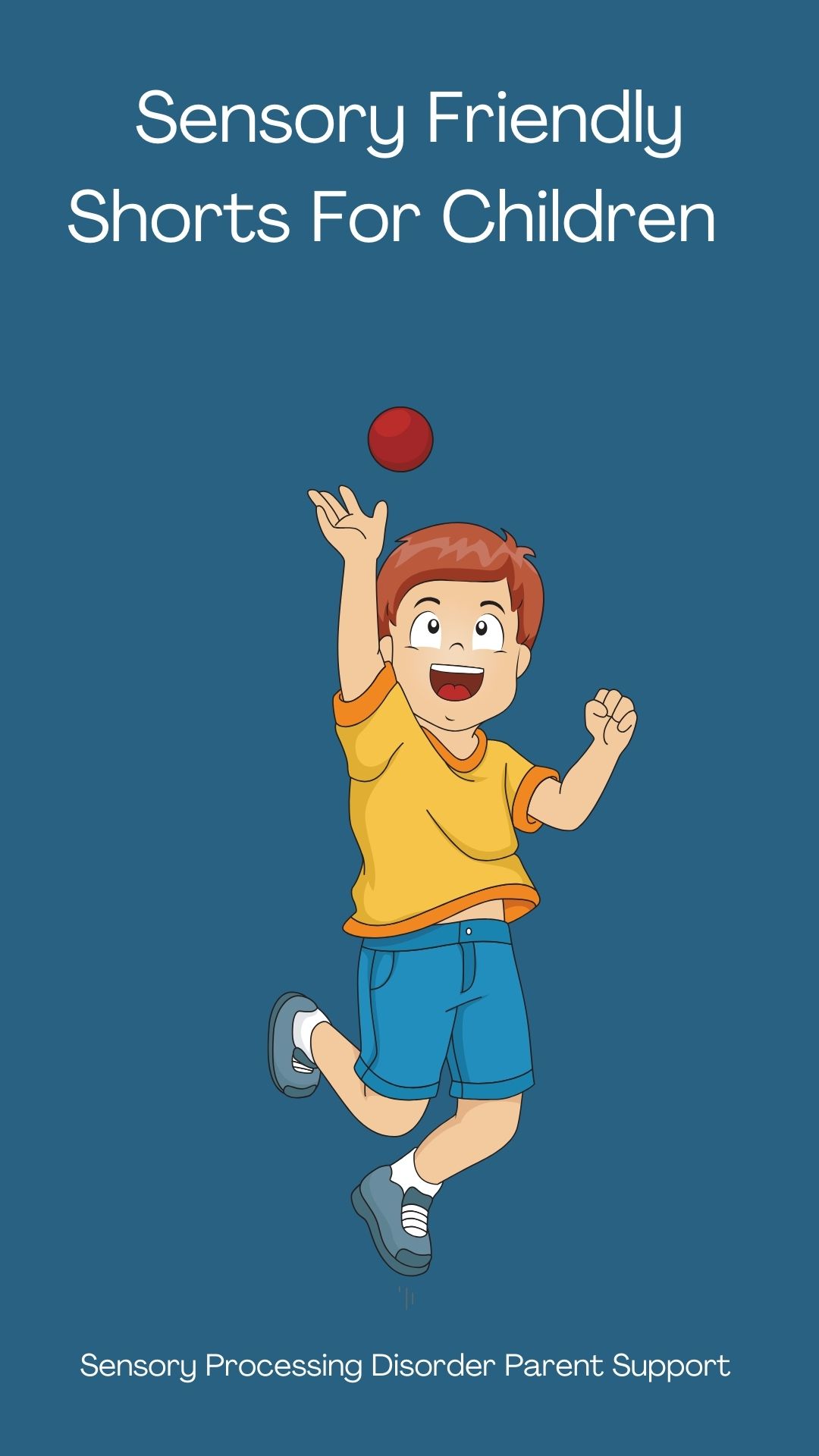
Sensory Processing Disorder Parent Support
Sensory Friendly Haircutting Tips
Children with sensory differences ... painting the world beautiful.
Sensory Friendly Haircutting Tips
Jeanette Loftus
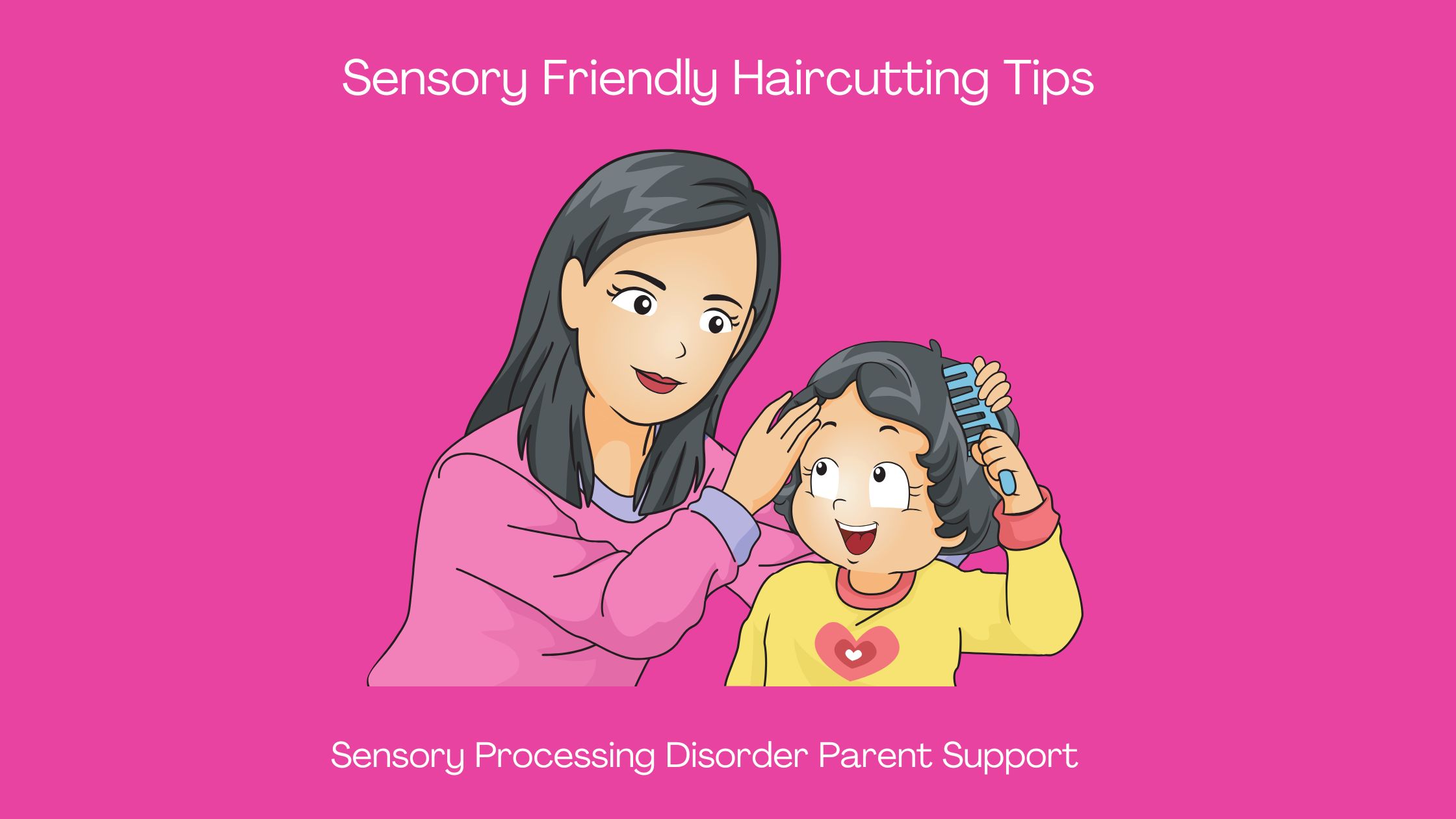
Most of us parents who have children with sensory differences know and understand how challenging haircuts can be for our children. Haircuts do not need to be as challenging and intimidating as they are. There are many tools and ideas to assist you to help your child get through haircuts a lot easier.
11. Ask the hair stylist if your child can touch and look through her tools. (safe ones)
12. Have you tried unscented shampoos? These can be great for children who are sensitive to smells. They are fragrance free kids shampoo. Sometimes it can take trying a few to find one that your child isn't sensitive too. Wash your child's hair at home before going to the hair stylist to have their hair cut. This will not only cut down on the time at the hair salon but also make it a lot less stressful. for both of you. You can also bring your own shampoo with you to the salon too.
13. The words we use can change everything because some children hear the word "cut" and they are fearful. Try using a less scary or worrisome word like grooming.
14. Bring their iPad with their favorite apps for distraction. The less focused they are on their haircut the easier time will pass by for them. A portable DVD player playing one of their favorite movies is also a great distraction too.
15. When making your appointment take your child with you. Let them have a mini tour to prepare them that it is not scary. Explain how cool things are there and how fun it is going to be. Show them different tools and seeing others also having haircuts.
16. Calming Clippers Haircutting Kit for Sensory Sensitivity! For sensitive kids, buzzing clippers are too much to handle and a visit to the barbershop can end in a meltdown.
This quiet alternative to electric clippers allows anyone to give relaxed haircuts at home!
17. It could be beneficial to also let your child touch hair. Hair samples that you see at the hair salon make a great tactile fidget while they become more familiar with the feel of hair touching their skin.
18. YouTube have many videos of hair cuts. A great visual for a child to see different hair cuts by different people to reassure them that they will be safe and that they can do it too. It allows them to be more prepared.
19. Books for children that are about hair cuts can be quite useful as well. Using social stories for hair cuts could also be very helpful too. This is a great way to prepare them.
20. Take breaks. Having a break during your child's haircut to go for a walk, walk through a store close by or even have an ice cream to ease some stress.
21. Take along a sensory fidget box for your child. Ask your child to choose their own fidgets. Keep there hands and minds busy and not so focused on the hair cut.
22. Ask your hair stylist when their shop is most quiet and not as busy. Booking a time for your child when there's less people could be very helpful. There's less distractions and noises that could trigger a sensory meltdown.
23. Plan to have your hair cut first and then your child can have there's after you. Make a date. A fun day for both parent and child. The most difficult times are so much easier when you have someone to experience it with you and support you through it.
24. Make your hair stylist chair a fun place to sit. If your child is like mine, they will enjoy a spin or two around in the chair during or before a hair cut.
25. If your child is sensitive to sounds or doesn't like the buzzing vibration sensations from clippers then you can request not to use clippers and use scissors only because this can be extremely overwhelming and scary for children with Sensory Processing Disorder and Autism.
26. Try trimming your child's hair while they are having a bath. The warm water, Epsom salts, and bubbles could be more relaxing for them. Fill the bath with their favorite toys and while they play, you can cut their hair. This way, the itchy hair falls into the bath tub. Using bath foam and bath crayons are sensory diet activities and a great way to distract them too.
27. Try trimming their hair while they are sleeping. Difficult yes, but the easiest and only way for many.
28. Rewards. Hair cuts can be difficult for children and even more challenging for children who are sensitive and have Sensory Processing Disorder or Autism. A treat, small toy or a trip the park after they have had there hair cut can also be encouraging.
29. Turn on a movie in the living room and as they watch the movie try to cut it. Sit them on a towel on the floor or place a towel around their favorite chair but first always explain what you are about to do so they are prepared and there's no surprises.
30. Plastic capes can feel rough for sensitive children who have Sensory Processing Disorder or Autism. If they don't like the feel of a plastic cape then you can always try a larger towel. If they don't mind the cape, try a kid friendly one with something on it that they would love.
31. Role playing is also helpful. Act out each step of getting a hair cut. Driving to the salon, walking into the salon, greeting the hair stylist, walking over to the chair, getting into the chair and having a hair cut. Breaking down the steps and acting it out will prepare your child for the experience.
32. Most of our kids love YouTube! Search some YouTube videos of children having their hair cut too. Find videos of other children enjoying their hair cut and having a fun experience.
33. You want your child to be comfortable. Try using a wiggle seat or a sensory cushion for your child. They will help your child reduce stress and stay calm. There are some really fun hair cut booster seats too that are now available to make it ore fun for kids.
34. Choose a time during the day that is the least challenging for your child. When they are their calmest and most relaxed.
35. Did you know that there are mobile hair stylist? Search for one in your area if you are not comfortable cutting their hair yourself or if it is too challenging to take your child to a salon.
36. If your child has a sensory diet recommended by their Occupational Therapist (OT) such a brushing and joint compressions, sensory breaks or heavy work activities, try to include sensory diet activities before attempting a hair cut.
37. Using a visual schedule can be very helpful to prepare your child for a hair cut. Transitioning to and from. Reminders when the hair cut is going to happen. What will happen before after and during their hair cut.
38. Bring your child's weighted blanket.
39. Bring a weighted lap pad for pressure therapy before, during and even after your child's hair cut.
39. Try cutting your child's hair at home. YouTube also has a ton of tutorials to help you learn to cut your child's hair at home. Here are a few examples for boys and girls hair cuts.
41. Ask your child if they would like to bring a timer. Set to an estimated time. Using a timer allows your child to see how long their hair cut will take. It's best to choose a visual timer for children who have Sensory Processing Disorder or Autism and are sensitive to sounds. Timers with quiet operation options.
42. Use Social Stories to explain the process of getting a hair cut so they are prepared and know what to expect. This will cut down on anxiety.
43. You can always try quiet buzzing clippers for home hair cuts too. Designed to be quiet.
44. Start going to the salon as part of your routine. Every 2-4 weeks or as needed and preferred. Try to be as consistent as possible. If the routine is the same as you prepared them for and familiar then it will cut down on sensory meltdowns and make hair cuts a more positive experience for not only your child but you too.
45. Try using the same hair stylist each time so that your child is familiar with them and their salon.
Resources For Parents
Red Door Pediatric Therapy Haircuts: Why they are tough for kids with sensory processing difficulties
DISCLAIMER: I have learned a lot over the years but I am still learning. Always do your own research and exercise sound judgment. I am not an occupational therapist or a physician. I am an adult who has sensory processing disorder, a sensory parent and a Grandma. The information on this website is not medical advice and does not replace the information that your child's therapists or medical professionals give you. These are just ideas that I have learned myself over the years of being a parent and an adult living with SPD. If you are concerned for your child, please always seek medical attention through a family doctor, pediatrician or therapist. This website is for awareness purposes only. Each child is different and what works for one child may not for another because all children have different sensory needs. Please always consult with a medical professional. C lick on links throughout each page for more resources and information. Click here for more resources https://sensoryprocessingdisorderparentsupport.com/sensoryprocessingdisorderresources
Amazon offers a small commission on products sold through their affiliate links on my website. Each of your purchases through links on my website for Amazon affiliation links or sponsored links support me but no additional cost to you so thank you. I appreciate it so much! I am not responsible should you purchase anything from any links on this website.
Sensory Friendly Haircut Tools
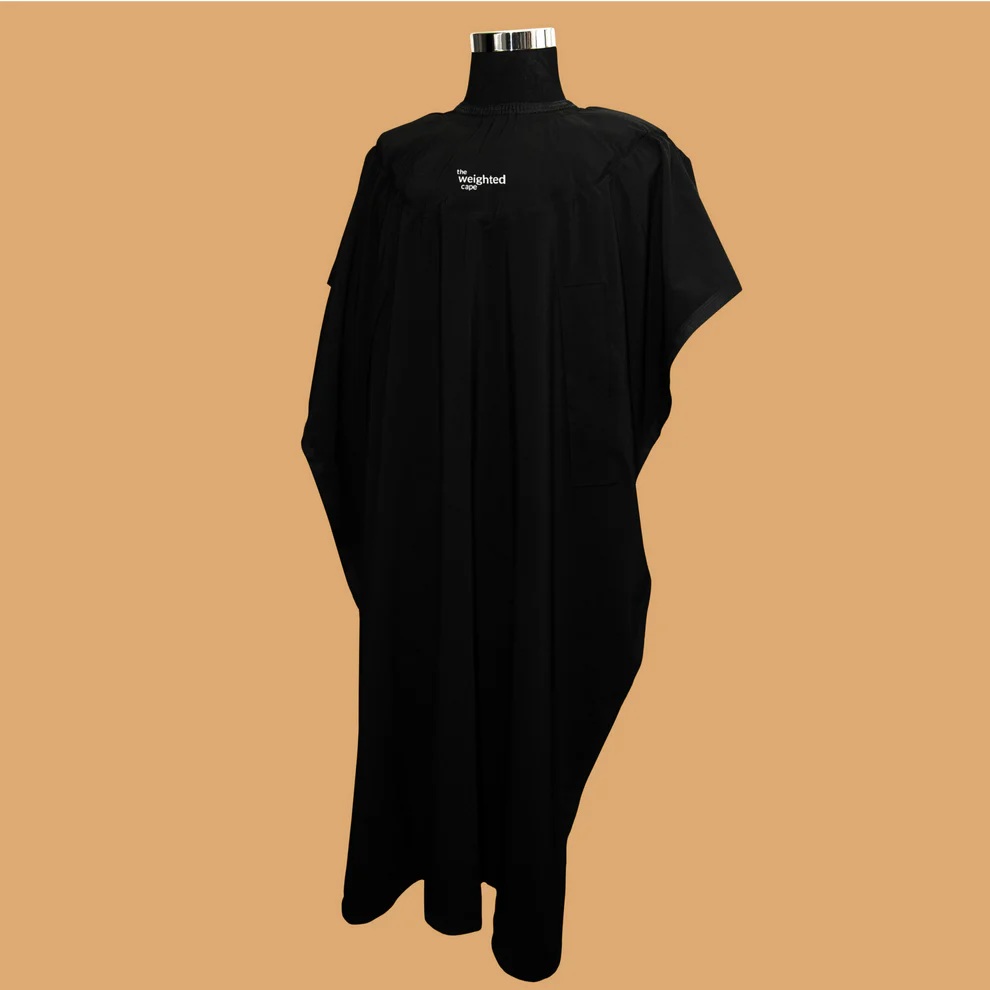
The Weighted Cape
Kids Black 1.5 Pound Weighted Cape
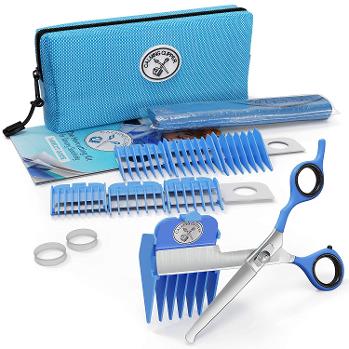
Amazon
Sensory Calming Clippers Kit

Amazon
Wet Brush Detangling Sensory Brush
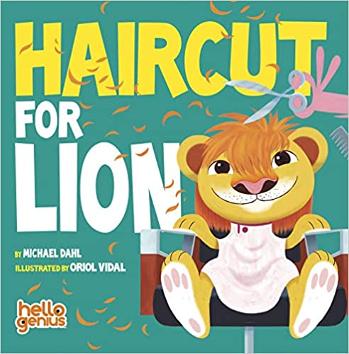
Amazon
Haircut For lion Book
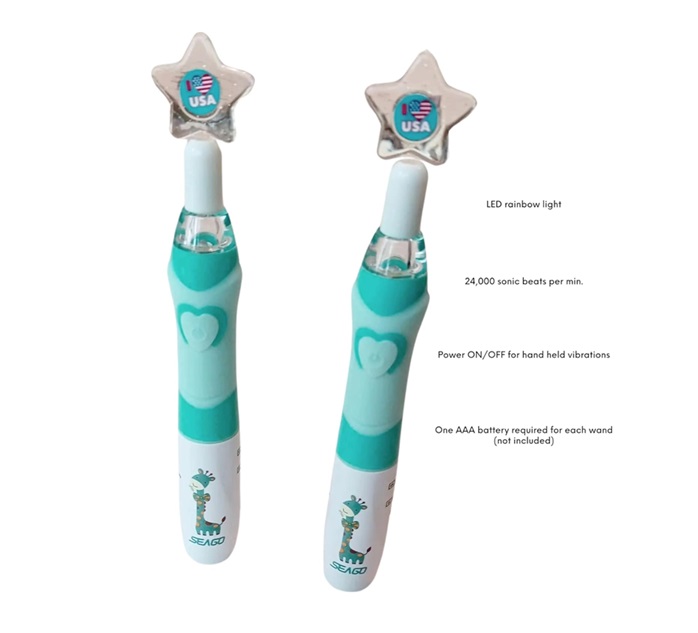
Amazon
Calming Vibration Self Regulation Tool
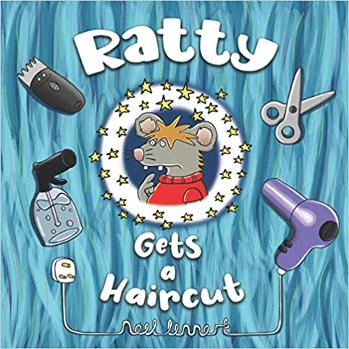
Amazon
Ratty Gets a Haircut Book
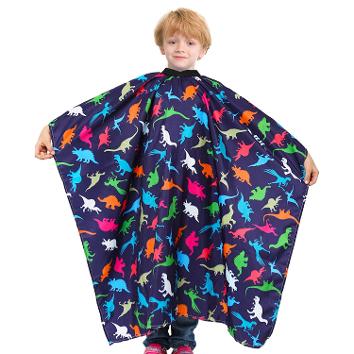
Amazon
Dinosaur Haircutting cape for Children
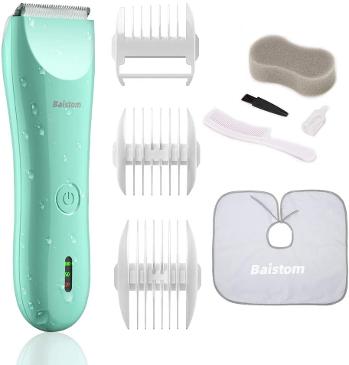
Amazon
Quiet Baby Haircutting clippers for Children

The Weighted Cape
Black 4-Pound Adult Weighted Cape
